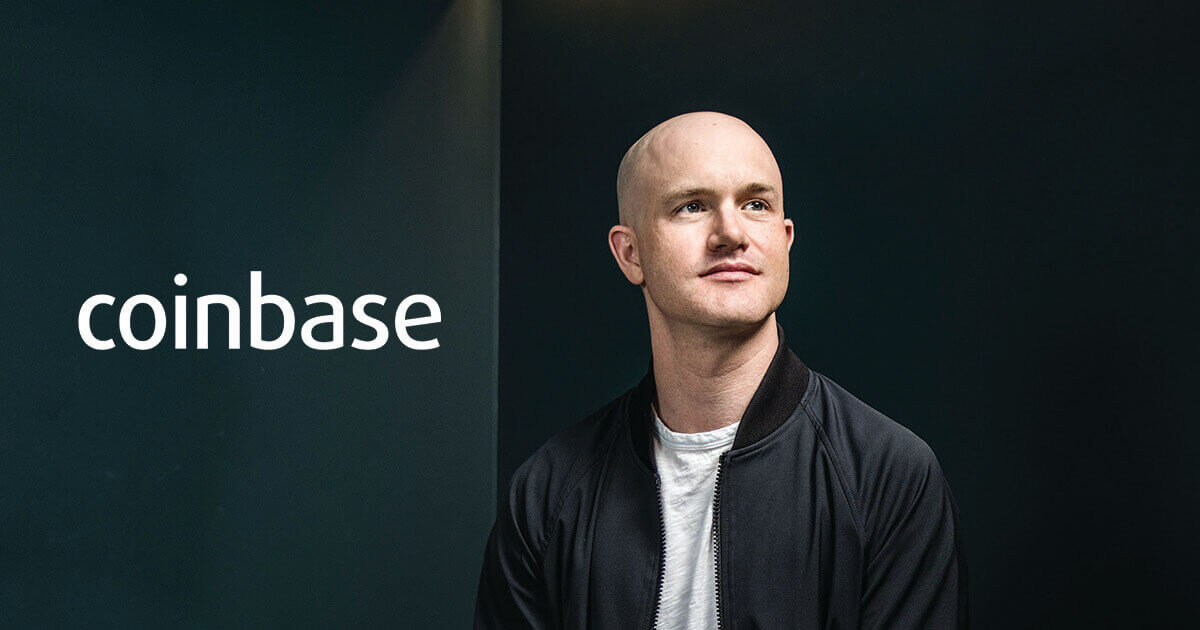Coinbase to Integrate Bitcoin's Lightning Network: A Deep Dive
Rebeca Moen Sep 14, 2023 07:49
Coinbase plans to integrate the Lightning Network (LN) as a secondary payment layer to enhance Bitcoin's transaction efficiency and cost-effectiveness. LN addresses scalability issues by enabling off-chain transactions, reducing fees and processing times, and promoting Bitcoin's mainstream acceptance.

Coinbase has announced a significant move that could revolutionize Bitcoin transactions. CEO Brian Armstrong took to Twitter to reveal that Coinbase plans to incorporate the Lightning Network (LN), a secondary payment layer aimed at boosting Bitcoin's transaction efficiency and cost-effectiveness. This decision highlights Coinbase's dedication to user experience and emphasizes the critical role of the Lightning Network within the cryptocurrency sphere.
Coinbase CEO Brian Armstrong's Announcement
In a tweet, Armstrong expressed,
The team did a great job digging into this, and we've made the decision to integrate Lightning. Bitcoin is the most important asset in crypto and we're excited to do our part to enable faster/cheaper Bitcoin transactions. Will take some time to integrate so please be patient.
Viktor Bunin, who is spearheading the integration at Coinbase, echoed Armstrong's sentiments, stating,
Friends, I'm happy to say that I'm leading up this effort. DM me if you'd like to grab some time to chat Lightning support at @Coinbase.
Delving into the Lightning Network
The Essence of Lightning Network
The Lightning Network operates as a "layer-2" payment protocol atop the Bitcoin blockchain. Its primary objective is to facilitate rapid transactions between nodes, positioning itself as a remedy to Bitcoin's scalability issues.
The Significance of Lightning Network
Scalability Solution: Bitcoin's pioneering status in the crypto world came with scalability challenges. LN addresses these by enabling off-chain transactions, which are later consolidated on-chain.
Cost and Speed Efficiency: With the main Bitcoin blockchain often incurring high transaction fees, especially during peak times, LN provides a cost-effective alternative. Additionally, its ability to process transactions almost instantaneously offers a stark contrast to the sometimes prolonged confirmation times on the main blockchain.
The Mechanics of LN
The foundation of the Lightning Network is "payment channels." In essence:
Two entities establish a payment channel, committing a specified Bitcoin amount.
They can then execute an unlimited number of off-chain transactions.
Upon completion, the final balance is updated on the main Bitcoin blockchain, allowing for the channel's closure.
Implications for the Crypto World
Coinbase's decision to integrate the Lightning Network is indicative of LN's escalating importance. As its adoption proliferates:
Bitcoin might become a preferred choice for microtransactions.
The main Bitcoin blockchain could witness reduced congestion, translating to swifter and more economical on-chain transactions.
The allure of diminished transaction fees and expedited processing might incentivize more businesses to embrace Bitcoin as a payment avenue.
In summation, the Lightning Network isn't merely a technological innovation; it's a strategic instrument poised to influence Bitcoin's future and its integration into daily transactions. With industry giants like Coinbase acknowledging its potential, LN is set to play a crucial role in propelling cryptocurrencies into mainstream acceptance.
Disclaimer & Copyright Notice: The content of this article is for informational purposes only and is not intended as financial advice. Always consult with a professional before making any financial decisions. This material is the exclusive property of Blockchain.News. Unauthorized use, duplication, or distribution without express permission is prohibited. Proper credit and direction to the original content are required for any permitted use.
Image source: Shutterstock.jpg)
